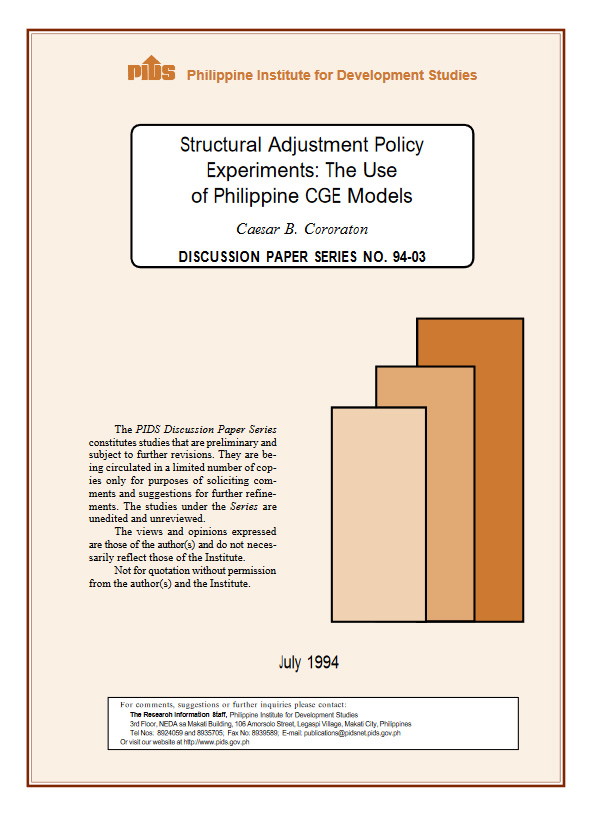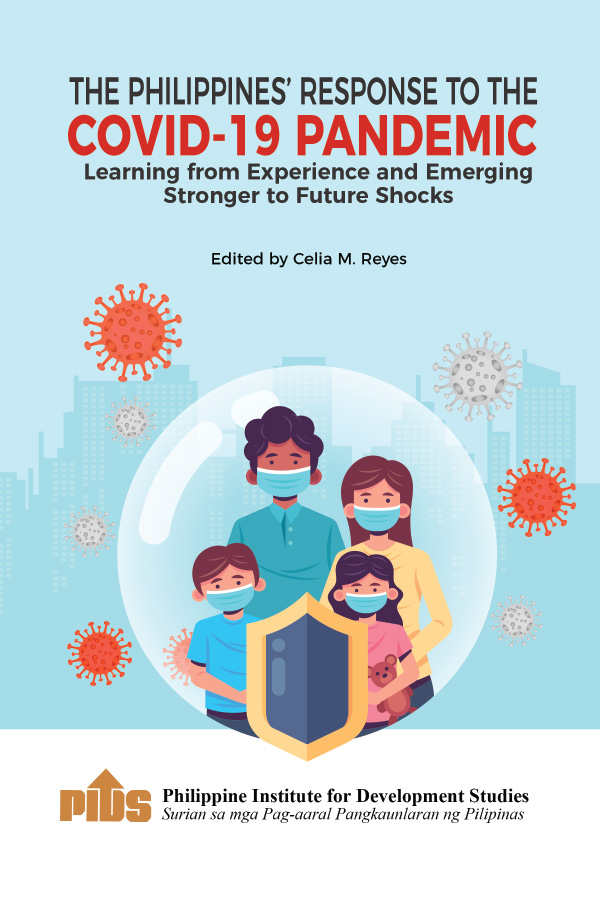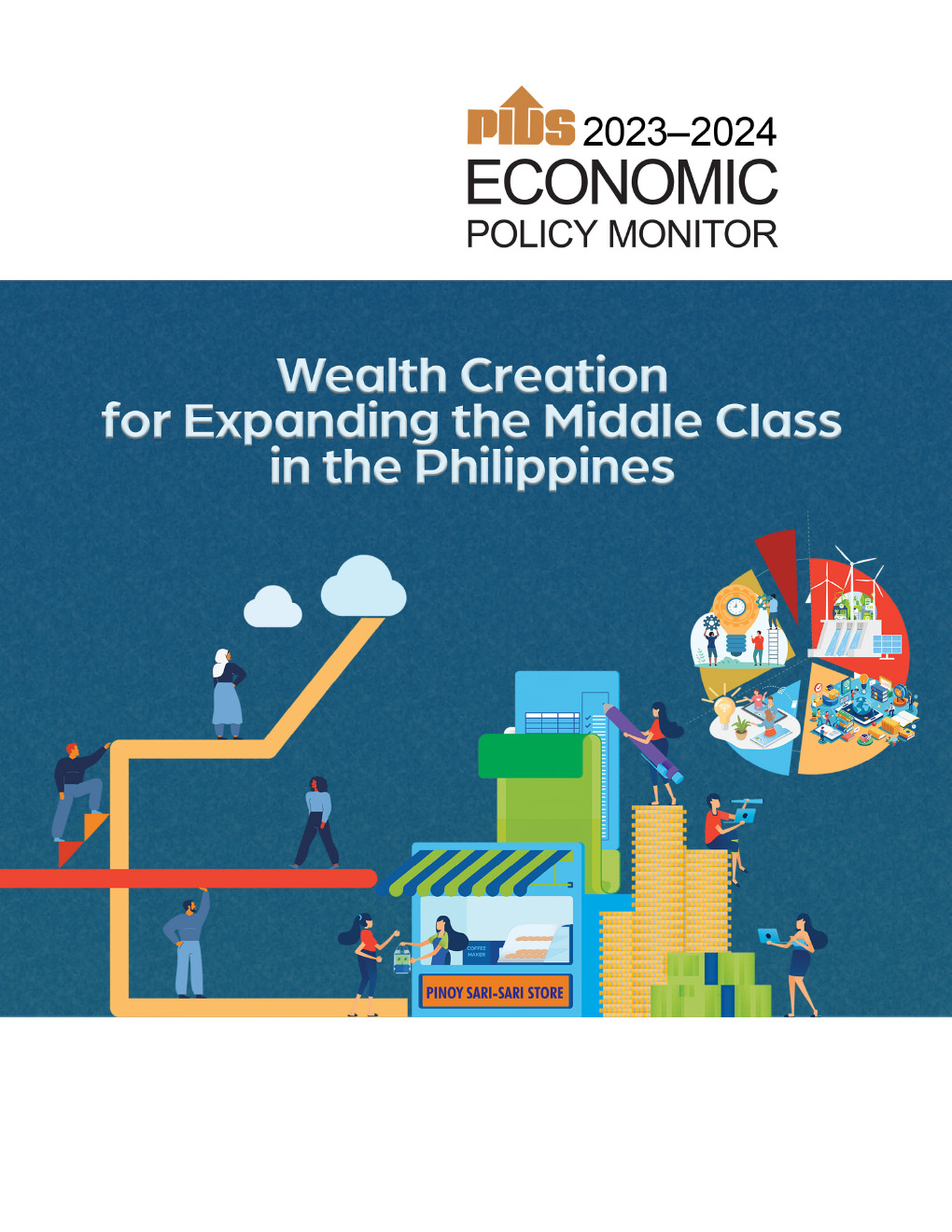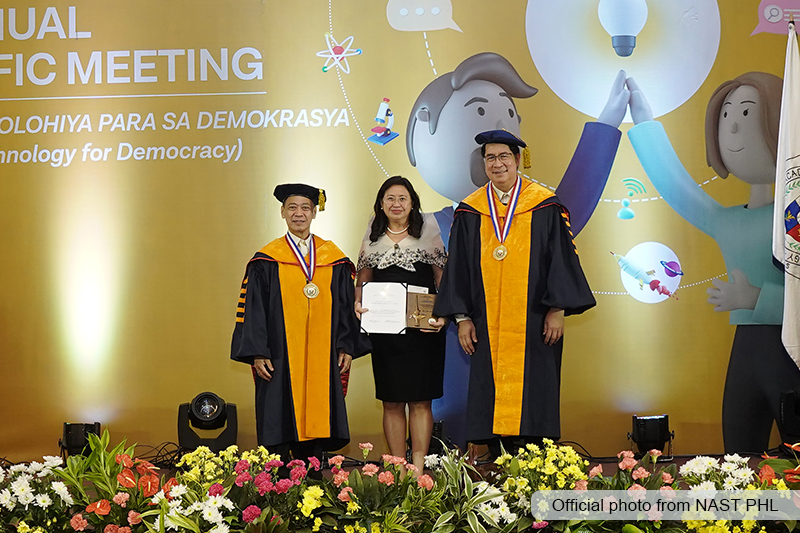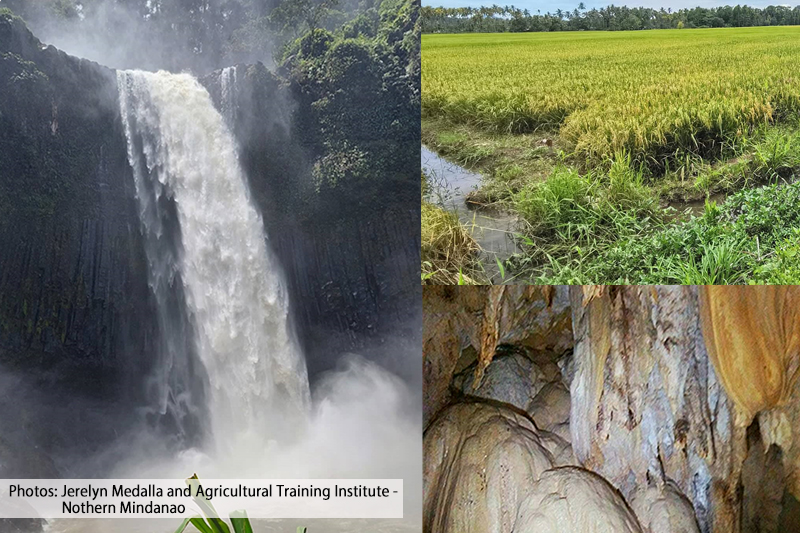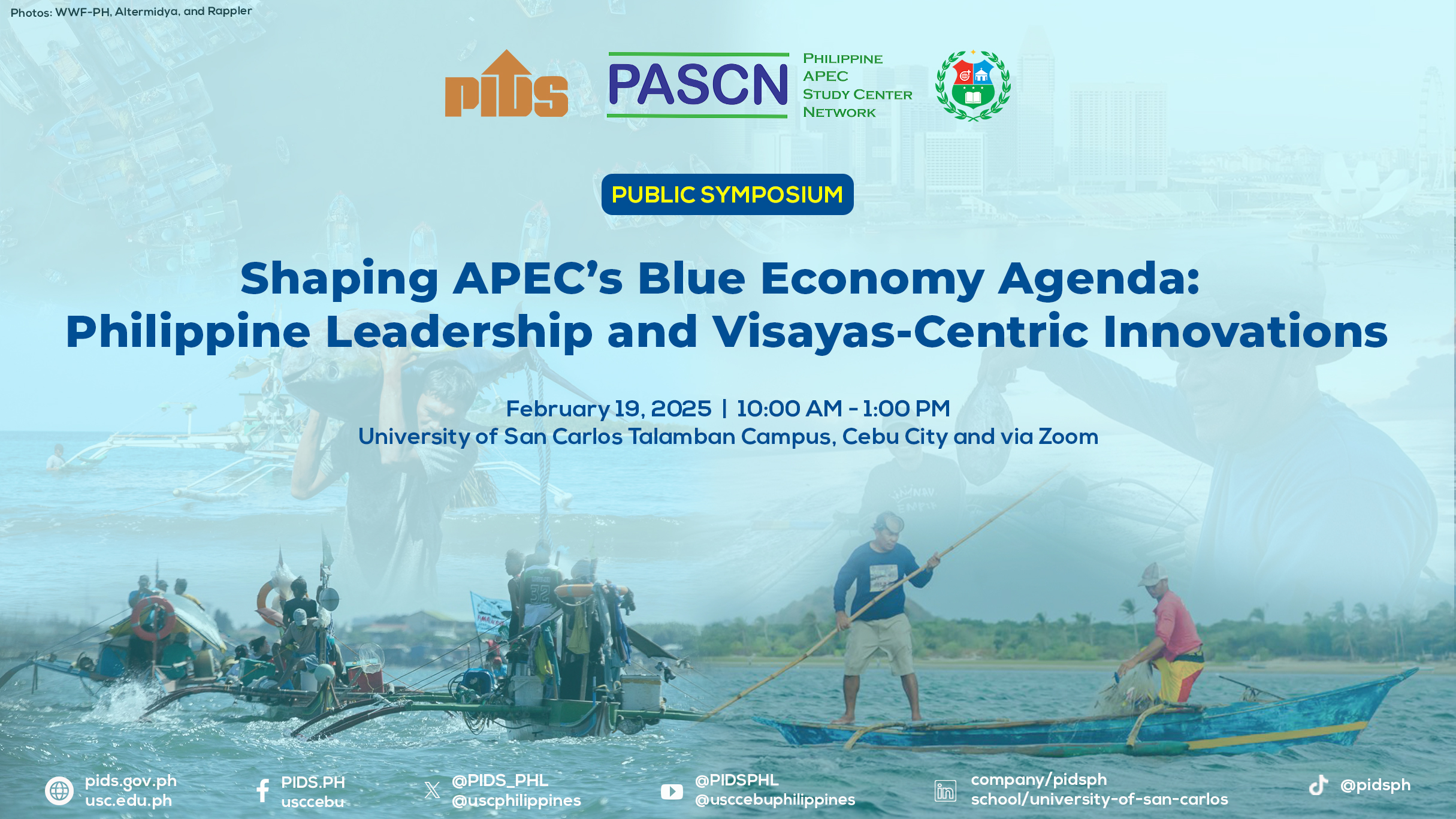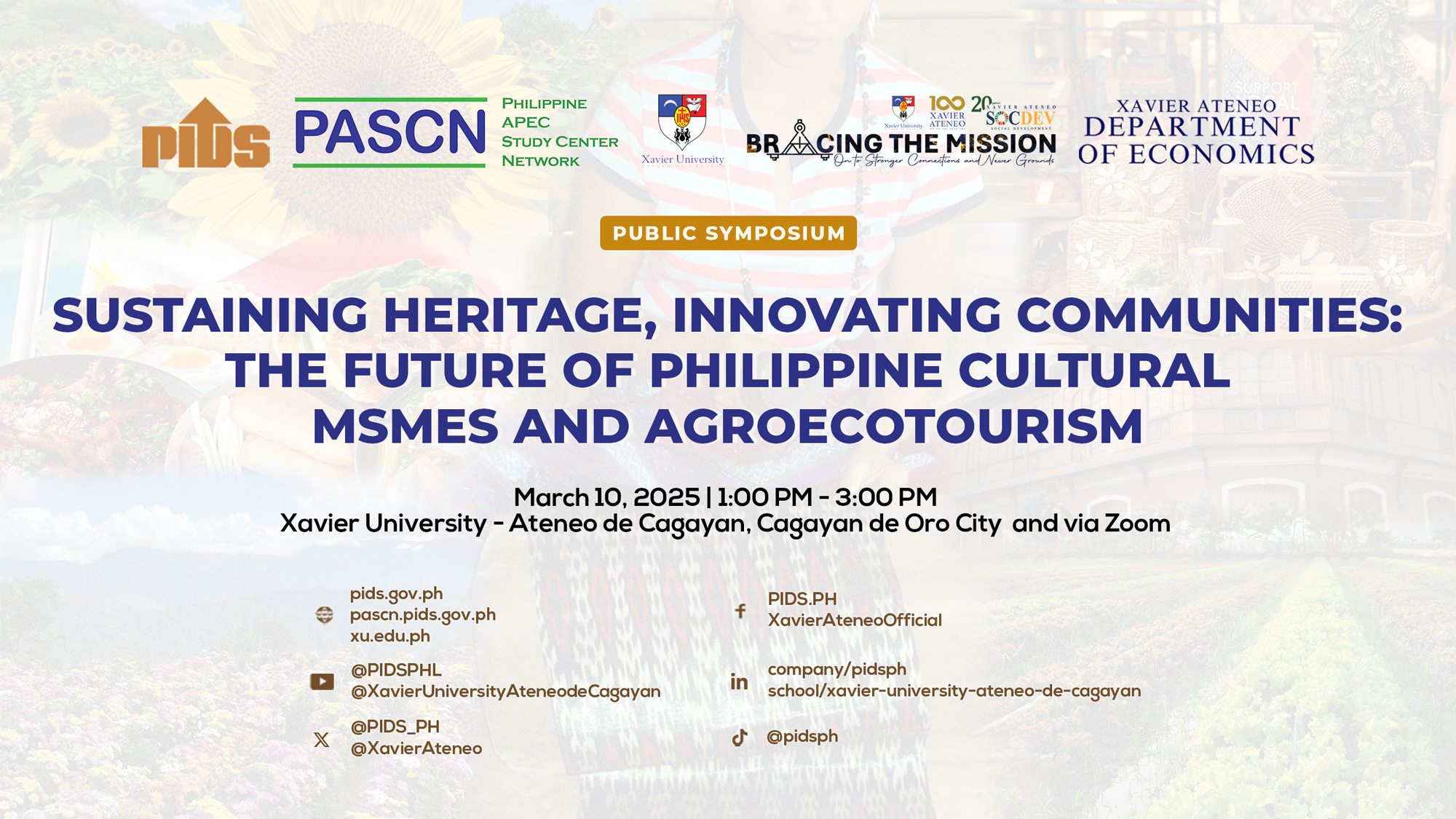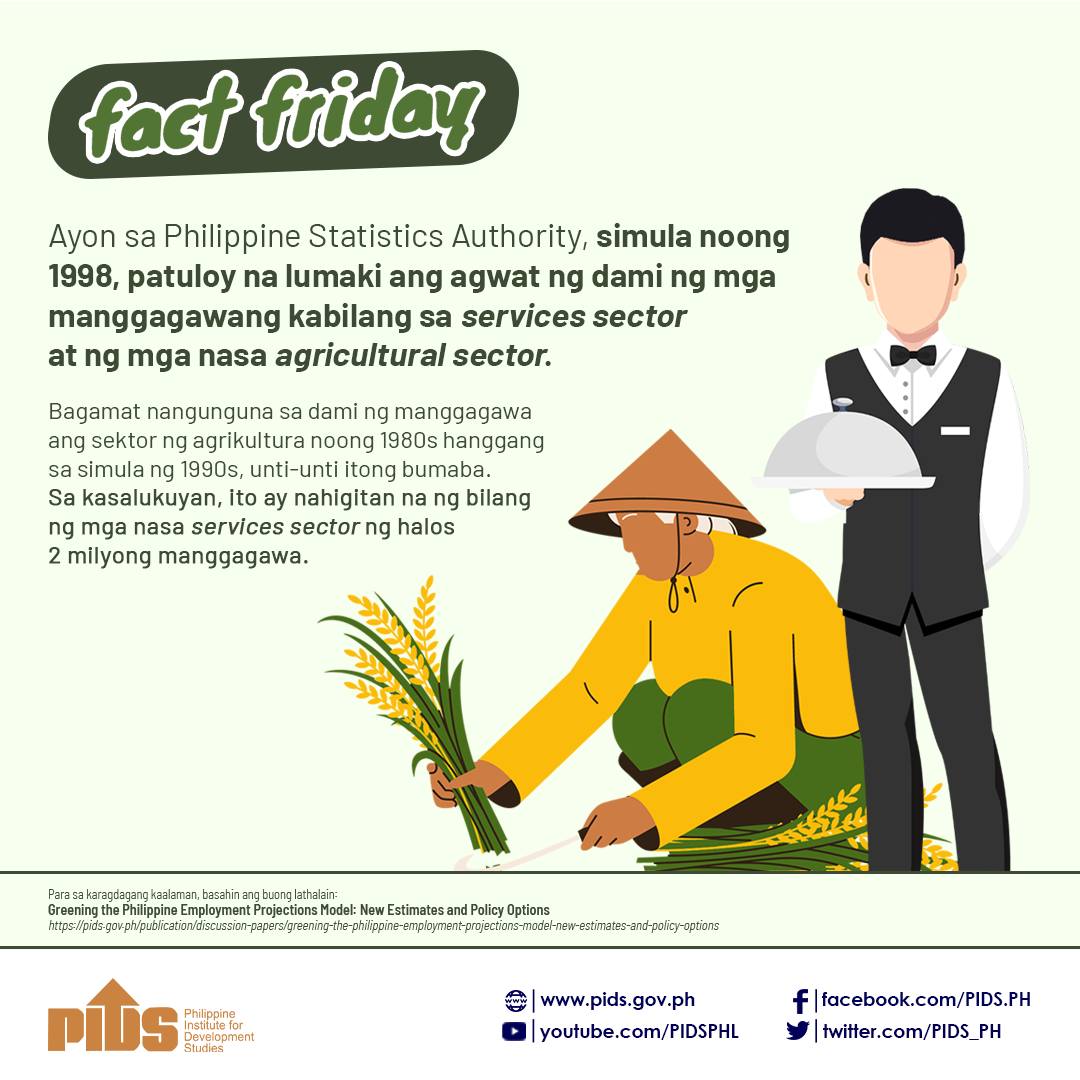This paper reviews the general structure of the following general computable general equilibrium (CGE): the APEX model, Habito’s second version of the PhilCGE model, Cororaton’s CGE model and Bautista’s first CGE model. These models are chosen as they represent the range of recently constructed CGE models of the Philippine economy. They also represent two schools of thought in CGE modeling: the well defined neoclassical, Walrasian, general equilibrium school where the market-clearing variable is the price, and the non-Walrasian or structuralist school where the market-clearing variable is quantity. Actual simulations using these models are conducted.
Citations
This publication has been cited 7 times
- Cororaton, Caesar B.. 2003. Analyzing the impact of trade reforms on welfare and income distribution using a CGE framework: The case of the Philippines. Discussion Papers DP 2003-01. Philippine Institute for Development Studies.
- Cororaton, Caesar B., John Cockburn, and Erwin Corong. 2005. Doha scenarios, trade reforms, and poverty in the Philippines. MTID discussion papers 86. International Food Policy Research Institute (IFPRI).
- Cororaton, Caesar B., John Cockburn, and Erwin Corong. 2005. Doha scenarios, trade reforms, and poverty in the Philippines: A CGE analysis. Policy Research Working Paper Series 3738. The World Bank.
- Cororaton,Caesar B., John Cockburn, and Erwin Corong. 2005. Doha scenarios, trade reforms, and poverty in the Philippines: A CGE analysis. Working Papers MPIA 2005-03. PEP-MPIA.
- Rodriguez, U-Primo E.. 2007. State-of-the-art in Regional Computable General Equilibrium Modelling with a case study of the Philippines. Agricultural Economics Research Review, 20, no. 1 . Agricultural Economics Research Association (India).
- Rodriguez, U-Primo E.. 2008. Impacts of the Free Trade Area of the Pacific (FTAAP) on production, consumption, and trade of the Philippines. Development Economics Working Papers 22694. East Asian Bureau of Economic Research.
- Rodriguez, U-Primo E.. 2008. Impacts of the Free Trade Area of the Pacific (FTAAP) on production, consumption, and trade of the Philippines. Discussion Papers DP 2008-20, . Philippine Institute for Development Studies.

